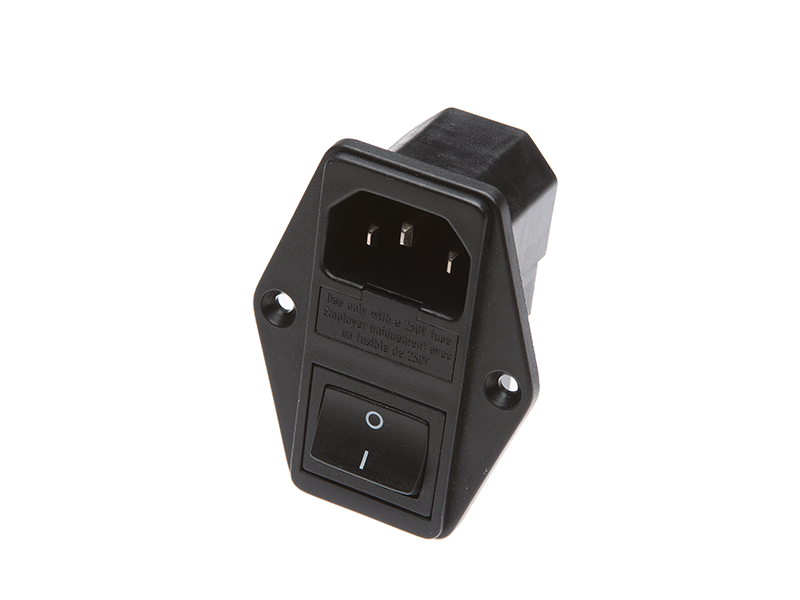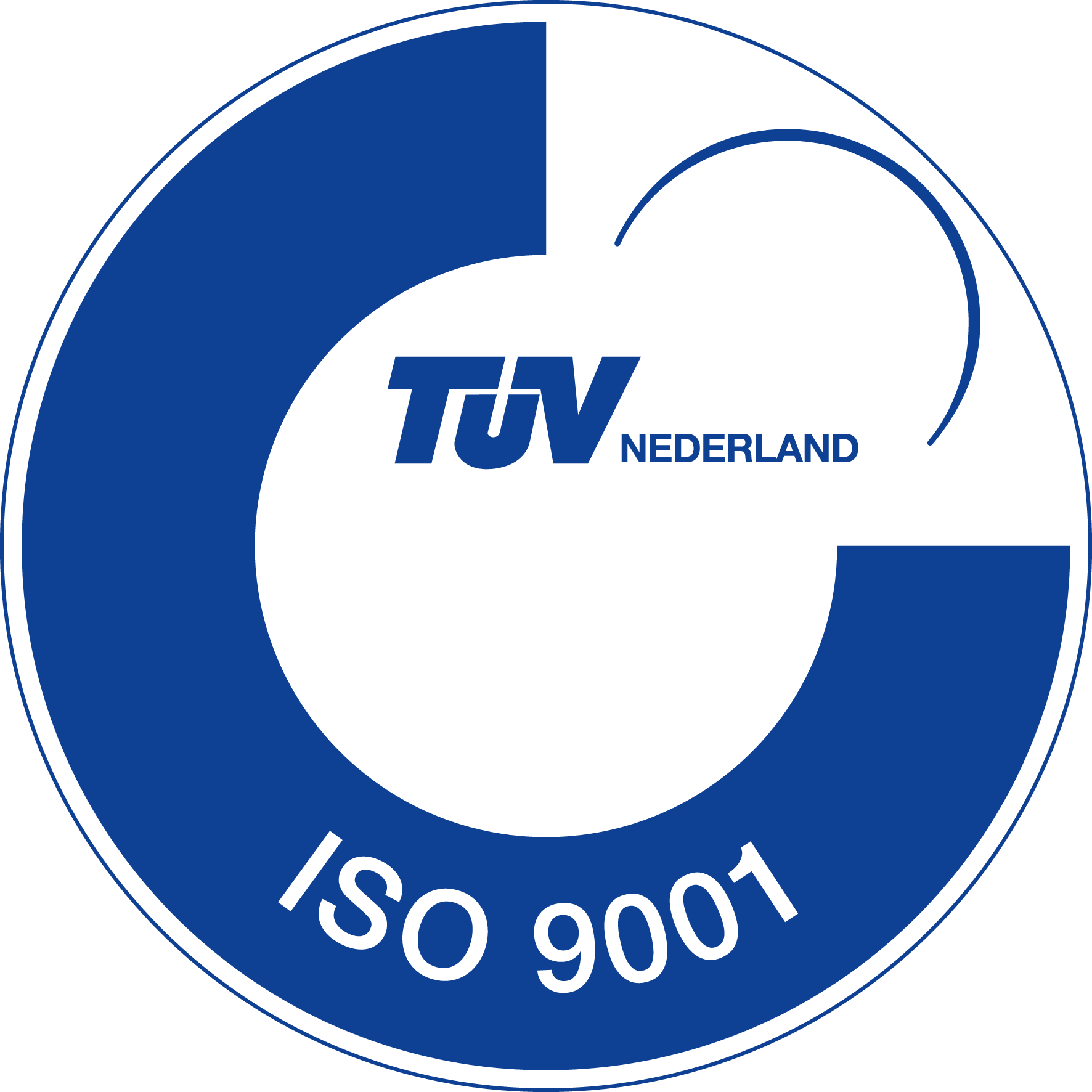Appliance inlets and the IEC 60335-1 standard?!
Power cords are increasingly not connected directly to appliances, but via an appliance inlet. A few of our clients have recently switched to power cords with an IEC 60320 C13 connector and/or C19 connector. As a result, they have discovered that the power cords also need to comply with the IEC 60335-1 standard. What does this mean?

The IEC 60335-1 standard is very clear: household appliances need to be properly protected against going up in flames. It is therefore mandatory to test the individual components of the appliance: do they comply with the standard? This therefore also applies to appliance inlets.
One method is to conduct a glow wire test. This test comprises different parts, including the height of the flame, the duration of the flame and whether the melted plastic drips. You can see how this is done in the video clip:
Stricter specifications
The specifications products need to meet in this respect (and therefore also the appliance inlets) are becoming ever stricter. This certainly applies to products with a current that exceeds 2.0 A. The extent to which a product functions while unattended (without the direct presence of users, e.g. via a timer) also plays a role here. Incidentally, this relates not just to flammability, but also to how long the product continues to glow afterwards. Would you like to know more? Consult the most recent edition of IEC 60335-01.
Appliance inlets
It is useful to know that not all appliance inlets necessarily comply with the specifications laid down in IEC 60335-1. The good news is that you can turn to us for assistance. We ensure that components meet the correct test specifications, if necessary including the corresponding documentation.
Safety above all else, in all respects!






